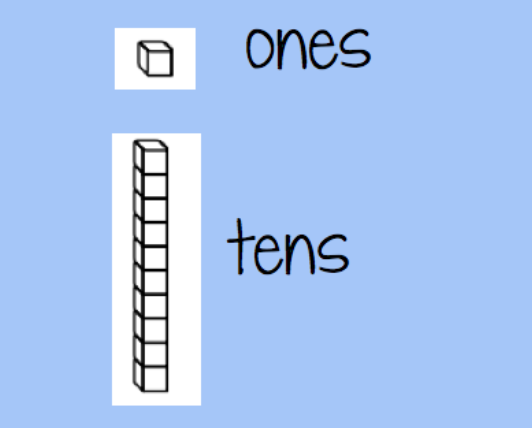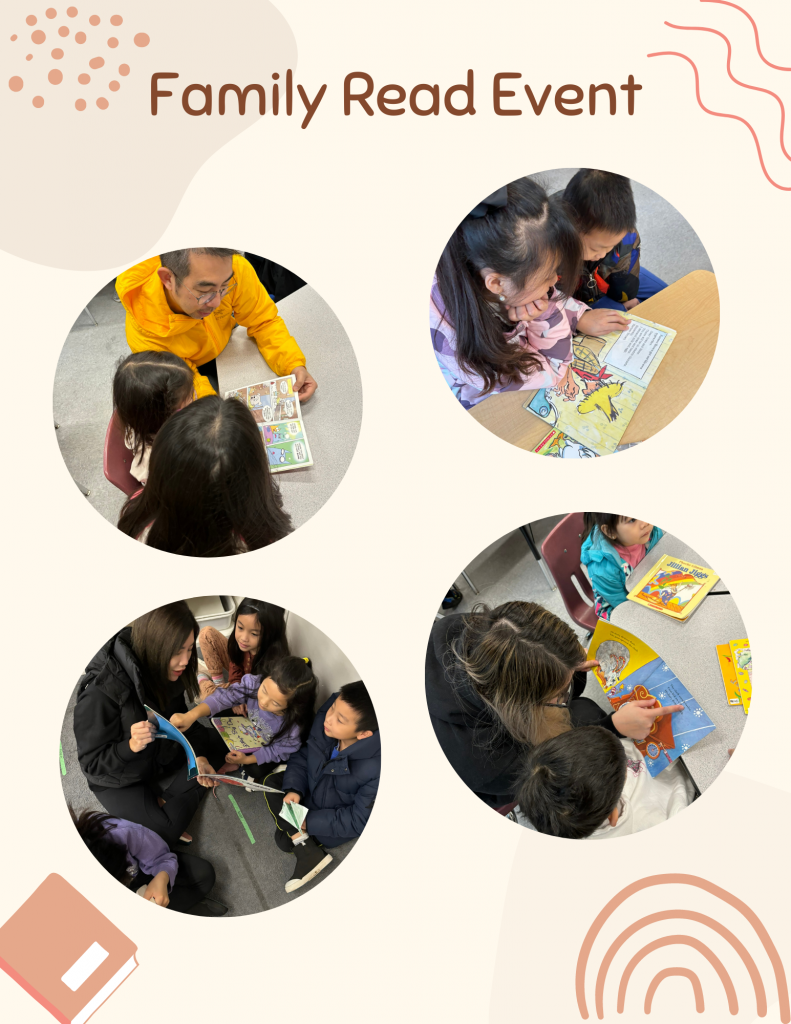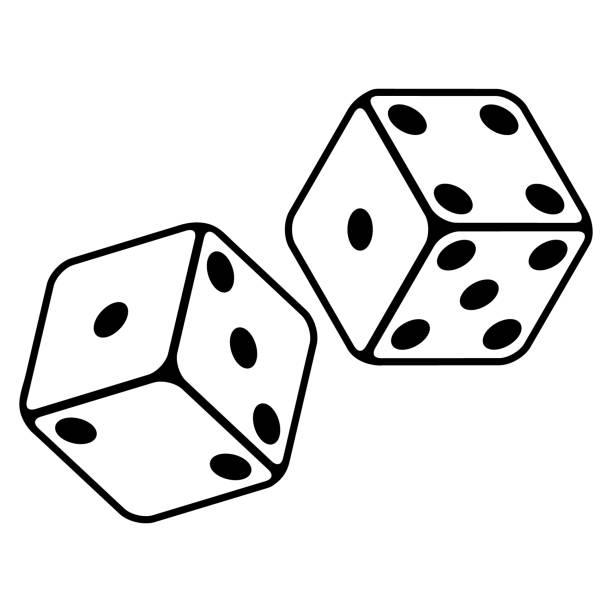Here are some fun math games! Feel free to enjoy these games with your child at home!
Dice Game: Place Value: Roll it! Make it! Expand it!
The objective of the game is to create a number with the dice and be able to represent it in many ways (base 10 forms, expanded form)
How to play:
- Roll the dice: Have your child roll the dice twice to create a two-digit number.
- Make the number: Once your child has their two-digit number, have them say the number out loud, with the tens digit first and the ones digit second. For example, if they roll a 5 and a 3, their number would be 53. Then they will draw it out using base 10 blocks, with 5 ten-blocks and 3 one-blocks.

- Expand the number: Have your child write down their number on a piece of paper and then write out the value of each digit in the number. For example, if they rolled a 53, they would write 50 + 3 = 53
- Repeat: Have your child repeat steps 1-3 to create a new two-digit number
Extension: Another way to play this game is to take turns creating a number by rolling the dice, then making it and expanding it. The other player then takes a turn. The player with the larger number wins a point. The first player to reach 10 points wins the game. This version of the game helps reinforce place value skills and encourages students to think strategically about how to create a number with the highest value.
Card Game: Place Value Battle
The objective of the game is to create 2-digit numbers by correctly identifying the place value of the digits on each card and comparing them to the numbers created by the other player to determine which number is greater. The player who creates the larger number receives a point, and the first player to reach 10 points wins.
Materials: You will need a deck of playing cards with the face cards (10, Jack, King) removed, and paper and pencil to keep score.
Ace = 1 , Queen = 0
Set up: Shuffle the deck of cards and place it in the middle.
How to Play:
- Each player picks up two cards from the pile and creates a two-digit number with the cards. For example, if a player picks up a 3 and a 9, they can make 39 or 93. The objective is to make the larger number, so the player puts down 93. The player then says, “I have 9 tens and 3 ones, which makes 93.”
- The other player then picks up two cards, makes their number, and says their number out loud.
- The players compare the numbers to see who has the larger number. For instance, if the second player has 32 and the first player has 93, then the first player has the larger number.
- The winning player puts a point under their name on their piece of paper. The first player to reach 10 points wins.

Board Game: Plus One, Minus One, and Plus Ten, Minus Ten
The objective of the game is for students to understand the value of the digits in a two-digit number, and to be able to identify the tens and ones places. By playing this game, students will become familiar with how numbers are made up of tens and ones, and will gain fluency in adding and subtracting 10 and 1 from two-digit numbers.
Materials: One regular
die, Counters for each player,
Game Board, paperclip and pencil for spinner
Setup: To use the spinner, you will need a paperclip and a pencil. Place the paperclip in the center of the game board, and then place the tip of the pencil at the center of the paperclip. Spin the paperclip around to randomly select a number or category.
How to Play:
- Player rolls a die and moves that many spaces around the game board. once they land on a number they spin the spinner and solve. If they get the answer incorrect, they must go back to the number they were on previously.
- When playing the game, students can use manipulatives such as base 10 blocks or a 100s chart to help them visually see how to make numbers and understand place value.
- The first player to do 3 laps around the game board wins.
Card Game: Go Fish to 10 (Addition)
The objective of the game is to make pairs of cards that add up to 10
Materials: 2 players, a deck of cards (take out Queens, 10, Jack, King)
Ace = 1 Queen = 0
At school, we played “Go Fish to 10” by removing the 10 cards from the deck, but if you have them at home, you can include them in the deck so that the queen (0) and 10 can be paired together to make 10. For example, a player may have a 0 (queen) and ask another player if they have a 10 to make a pair.
- Shuffle the deck of cards and deal 5 cards to each player. Place the remaining cards in a stack face down on the table.
- The game starts with the first player asking another player if they have a card that would make a sum of 10 with one of their cards. For example, if a player has a 6, they might ask another player if they have a 4.
- If the other player has the requested card, they must give it to the first player. The first player then gets to make a pair and place it in front of them. If the other player does not have the requested card, they say “Go Fish!” and the first player must draw a card from the deck.
- If the player draws a card that can be paired with one of their cards to make 10, they may place the pair in front of them. If they draw a card that cannot be paired, they keep the card in their hand.
- Players take turns asking for cards until all pairs of cards that add up to 10 have been made.
- The player with the most pairs at the end of the game wins.
Enjoy!



 SFU Hockey players came to read to us! We got the chance to meet Liam, Jimmy, and Luka from the SFU Hockey Team. They read many books to us and also taught us about hockey!
SFU Hockey players came to read to us! We got the chance to meet Liam, Jimmy, and Luka from the SFU Hockey Team. They read many books to us and also taught us about hockey!


